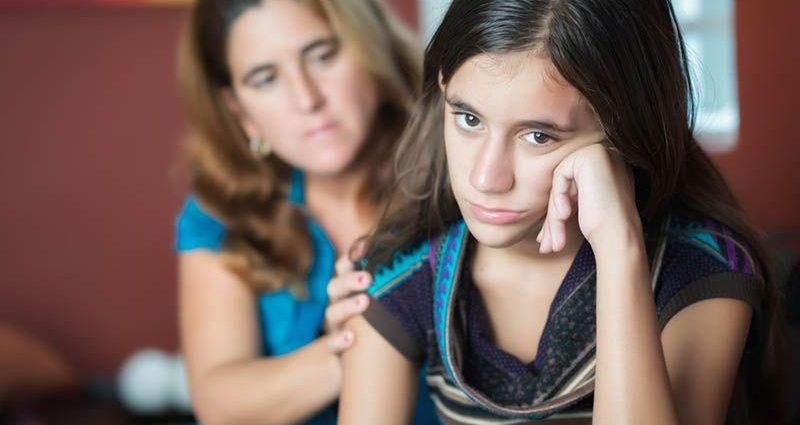TUESDAY, Jan. 25, 2022 (HealthDay News) — Living through the pandemic has not been easy for kids, but it has really thrown off children who have attention-deficit/hyperactivity disorder (ADHD), new research warns.
Though they were not more likely to catch COVID-19, they were more likely to experience symptoms if they were infected. But the damage did not stop there: These children were also more likely to have trouble sleeping, feel fear about infection risks, have trouble with remote learning and exhibit rule-breaking behavior.
The interventions that can help these kids stay focused — like school involvement and parental monitoring — were also disrupted by the pandemic.
“I think the biggest takeaway is that we need to be looking out for these kids with ADHD, who might be flying under the radar,” said study author Eliana Rosenthal, a PhD student at Lehigh University in Pennsylvania. “Maybe giving them some extra attention during this challenging time could really make a difference.”
For the study, the researchers used data from the ongoing Adolescent Brain and Cognitive Development study, which began adding some COVID-related questions during the pandemic. The team used a large sample of youths with ADHD and matched them with those who did not have ADHD, using parent and child survey responses from May 2020 and March 2021. The children were about 12 and 13 at the time of the surveys.
“I think, unfortunately, the most significant finding is that the protective factors that we know usually help children with ADHD, such as parental monitoring and being engaged in a school climate, are not working as well for kids with ADHD,” Rosenthal said. “And, so, clinicians, researchers, anyone who’s working with kids with ADHD, need to think about second options for interventions to help these children get back on track.”
Children with ADHD struggle more with emotional regulation, Rosenthal explained, so that may make handling the pandemic’s twists and turns harder. Parental monitoring may also be off track as parents may be struggling with other concerns, such as losing jobs.
“We need to do some more screening for kids with ADHD living through this pandemic, whether that’s academic screeners or mental health screeners,” Rosenthal said. “Children with ADHD are more likely to have co-morbid disorders than their counterparts without ADHD. And so, once those screeners are done, we can kind of take a step back and see where we’re at and see which types of interventions need to be implemented in schools or in health care settings to mediate what’s happened over the pandemic.”
The struggles could have a long-term impact. Past research has suggested that students not doing as well in school are more likely to drop out. They also may be more likely to engage in risky behavior in adolescence, Rosenthal said. Without enough support for mental health challenges, youths are less likely to develop positive peer and family relationships.
The findings were published recently in the Journal of Attention Disorders.
Many people were concerned about how the pandemic would affect different populations as it began unfolding, including unique impacts to children and young adults with ADHD, said Dr. Rachel Conrad, director of Young Adult Mental Health at Brigham and Women’s Hospital in Boston. Conrad was not involved in the latest study.
“I think from the beginning of the pandemic, the reasons that we thought that people with ADHD might be disproportionately impacted is because people with ADHD are more vulnerable to difficulties with mood and anxiety,” Conrad said. “Often people with ADHD can have variability in their performance. Sometimes they can focus really well, where other times they have difficulty shifting between activities.”
Some of the changes spurred by social distancing, masking and remote learning could create more difficulty in terms of adapting and performing well in different environments, Conrad said. Structure and routine are so important for people with ADHD that frequent last-minute changes can be uniquely challenging, she said, while higher rates of parental stress and differing levels of supervision at home add to the challenges.
Conversely, a subset of kids who experience more social anxiety or who focus well with fewer distractions did better under the learning circumstances of the pandemic.
“I think that there are subsets of populations that will respond differently, but overall I think that there’s a lot of reasons that people with ADHD were uniquely vulnerable and that we’re certainly seeing that,” Conrad said.
While schools were initially scrambling to replicate an in-school environment on Zoom, it will be important for school systems going forward to accommodate students with specific learning needs. This might include more structure, more breaks or shorter periods of intense concentration, Conrad said.
She also noted that there is a public health crisis in mental health care for children.
“The mental health crisis among children continues to worsen, and access to mental health treatment continues to get more and more delayed and the shortages are becoming progressively more severe,” Conrad said. “We really need to think about how we can expand access for these patient populations.”
More information
The organization CHADD offers advice for individuals and families with ADHD who are struggling during the COVID-19 pandemic.
SOURCES: Eliana Rosenthal, PhD student, College of Education, Lehigh University, Bethlehem, Pa.; Rachel Conrad, MD, director, Young Adult Mental Health, department of psychiatry, Brigham and Women’s Hospital, Boston; Journal of Attention Disorders, Dec. 17, 2021
Copyright © 2025 HealthDay. All rights reserved.

